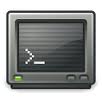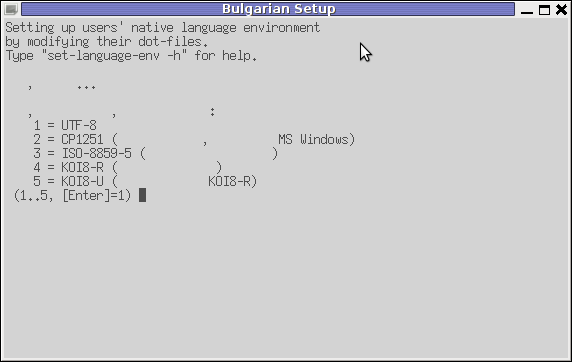
A colleague of mine (Vasil) asked me today, how he can recursively chmod to all files in a directory while exclude unreadable files for chmod (returning permission denied). He was supposed to fix a small script which was supposed to change permissions like :
chmod 777 ./
chmod: cannot access `./directory': Permission denied
chmod: cannot access `./directory/file': Permission denied
chmod: cannot access `./directory/onenote': Permission denied
First thing that came to my mind was to loop over it with for loop and grep out only /directory/ and files returning permissioned denied.
for i in $(find . -print | grep -v 'permission denied'); do echo chmod 777 $i; done
This works but if chmod has to be done to few million of files, this could be a real resource / cpu eater.
The better way to do it is by only using Linux find command native syntax to omit files.
find . -type f ( -iname "*" ! -iname "onenote" ! -iname "file" )
Above find will print all files in . – current directory from where find is started, except files: onenote and file.
To exclude
Search and show all files in Linux / UNIX except hidden . (dot) files
Another thing he wanted to do is ignore printing of hidden . (dot) files like .bashrc, .profile and .bash_history while searching for files – there are plenty of annoying .* files.
To ignore printing with find all filesystem hidden files from directory:
find . -type f ( -iname "*" ! -iname ".*" )
on web hosting webservers most common files which is required to be omitted on file searches is .htaccess
find . -type f ( -iname "*" ! -iname ".htaccess" )
In order to print only all hidden files in directory except .bashrc and .bash_profile:
find . -type f ( -iname '.*' ! -iname '.bashrc' ! -iname '.bash_profile' )
Another useful Linux find use for scripting purposes is listing only all files presented in current directory (simulating ls), in case if you wonder why on earth to use find and not a regular ls command?, this is useful for scripts which has to walk through millions of files (for reference see how to delete million of files in same folder with Linux find):
find . ! -name . -prune
./packages
./bin
./package
"! -name . " – means any file other than current directory
prune – prunes all the directories other than the current directory.
A more readable way to list only files in current folder with find is – identical to what above cmd:
find ./* -prune
./packages
./bin
./mnt
If you want to exclude /mnt folder and its sub-directories and files with find by using prune option:
find . -name tmp -prune -o -print





